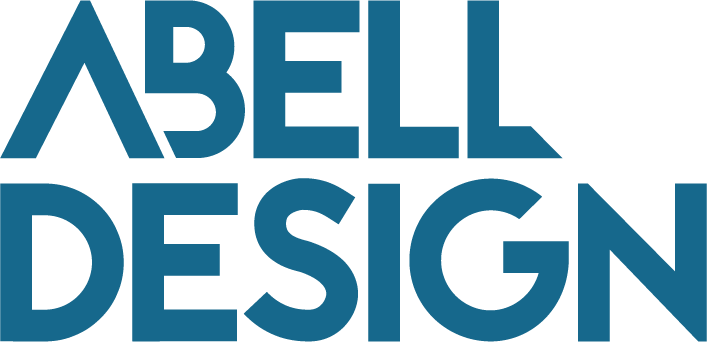If you're going to make a success of a design project, time management is the most effetcive way to achieve results. Here are my top ten tips for designers.
1. Write a detailled brief.
Clear communication at the start of a project can save hours of time which might be wasted. Find out how your client prefers to communicate. Take notes and write a highly detailled brief. I like the core of my client communication to be in email, so I have something to refer to. However a conversation on the phone or by Zoom, nuances are often inferred which can be vital to a project's success. This will ultimately point the direction of your project. You don't want to waste time by following incorrect messaging.
2. Be honest about when you're available.
While all freelance designers are eager to please a new client, don't tell them you have availability if you simply don't. We all have busier and quieter periods of work. Be honest about your current bookings. The right client will be happy to wait to work with you.
3. Be realistic about how long a project may take.
Look at previous projects and take note of how long they took. If you have a timing app, that's great. For a 12-page brochure for a luxury product, I recently made time for two days design work, plus one day of amendments. Realistically, there were more amendments than anticipated, so in the future, I'll quote for an extra day's amendments.
4. Set a deadline
Deadlines are important to ensure that everything promised is completed on time. Write an expected timeline of activities in your contract, so both parties know when to expect the work to be done by. If the client takes longer than expected to provide feedback, ensure that you have some flexibility written in, so it doesn't create a domino effect.
5. Plan for how you'll use your time effectively
Once you have a project length and deadline in place, before rushing to the drawing board do the following; consider your project and the best way you can use your time to create an exceptional piece of design work. For example, I once designed a four-page brochure which would be posted through letterboxes in one area. To grab the recipients' attention, I devoted 50% of the allocated time to creating beautiful hand-drawn lettering for the front cover. The smaller details such as text and image layout weren't as important as creating a powerful front cover.
6. Communicate with your client during the project
Before the deadline hits you, if you spot anything which means the project is taking longer than expected, be open and honest. Most clients will be understanding and then you can agree by email how to proceed. Don't leave this until one day to go.
7. Deliver as promised
Don't miss a deadline, it's that simple. If you need to, postpone a service which can come later in the process, such as proof reading or kerning. But if a client is expecting the core of the work to be done, just deliver.
8. Allocate time for amendments
Amendments are sneaky things which we all expect will take ten minutes, but in fact can absorb hours of time. Especially if it involves downloading additional files or doing complex Photoshop editing. Charge your clients fairly for this, as you'll probably be juggling amendments with new projects at this stage.
9. Save time where you can.
Use the tried and tested ways of saving time. Keep your brain focused by using a list or Trello board. Plan out your day and list the results you want to see by 5pm. Use the Pomodoro Technique for taking short, regular breaks. My favourite efficiency podcast is Before Breakfast by Laura Vanderkam.
Abell Design is a brand and digital design studio in York. Creating beautiful brands for ambitious organisations. Say hello at studio@abelldesign.co.uk

